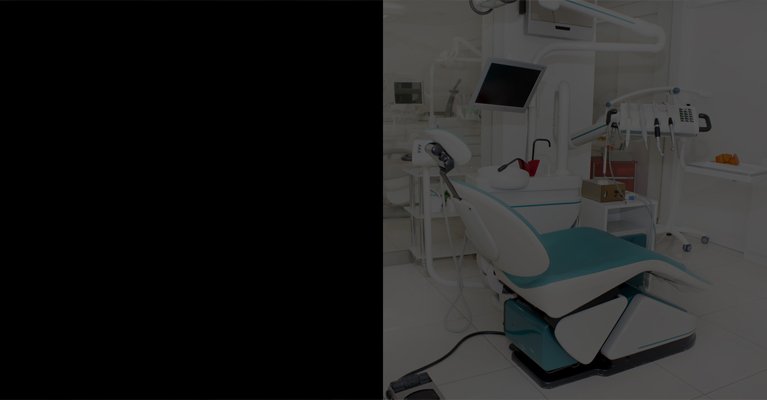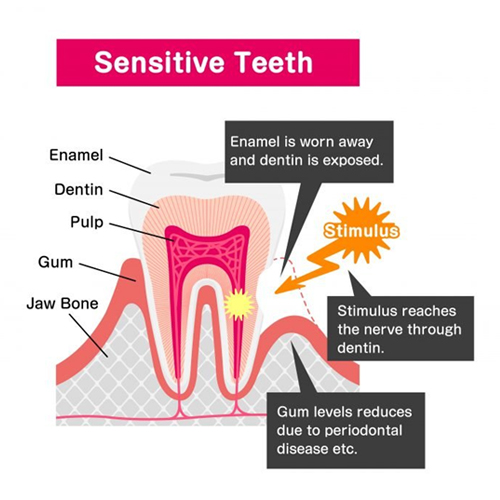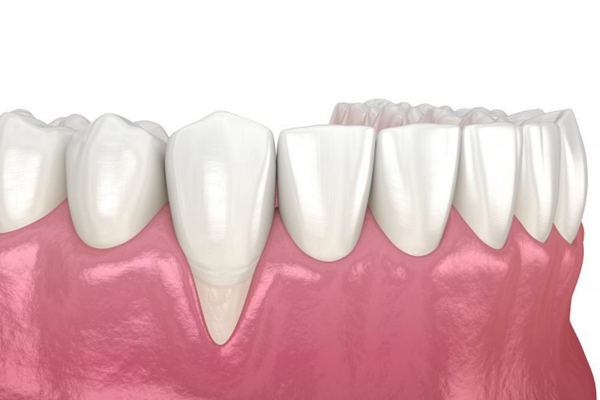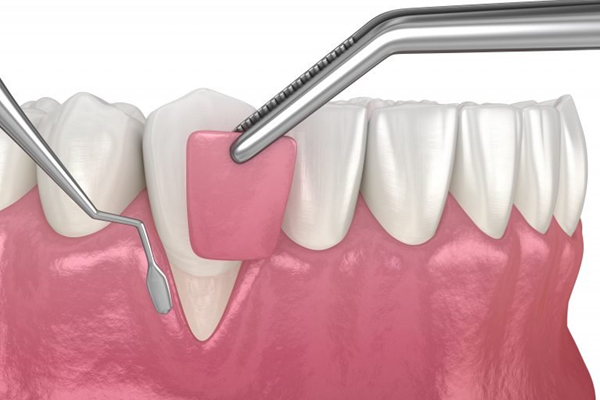















This is a common dental condition in which the gum tissue that surrounds the teeth begins to pull back, or recede, exposing more of the tooth and its root. This can occur for a variety of reasons, including aggressive tooth brushing, genetic predisposition, and periodontal disease. Gum recession can lead to sensitivity, tooth decay, and, in severe cases, tooth loss. Treatment for gum recession may include a deep cleaning procedure called scaling and root planing, medication, and surgical options to restore the gum tissue. It is important for individuals to practice good oral hygiene, including regular brushing and flossing, to help prevent gum recession.
Receding gums are a serious issue since it can lead to further health complications such as sensitivity, poor smile aesthetics, increased risk of gum or tooth infection as well as potentially tooth loss.
Gums may start to recede for different reasons, including poor oral hygiene and the development of gum disease, but thin gum and/or overzealous brushing could also be the culprit. Trauma from piercings can also cause gum recession.
During your initial consultation with Dr Kalsi, the exact cause of your gum recession will be pinpointed so that the most effective treatment can commence.


Many people use a hard toothbrush and brush far too aggressively when attempting to clean their teeth. They scrub up and down and side to side, which in the first instance usually causes gum recession around the canine teeth or lateral incisors. Get advice from your dental hygienist or local dentist about correct brushing techniques to protect your gums from injury.
Yes, on most occasions. Several methods are available to treat this.
We perform gum grafts which require pulling the gum down over the receded area and/or taking a small piece of tissue from the roof of your mouth. The graft will improve not only the appearance of the gums but also the thickness.
It is important that the cause of the gum recession is first identified and corrected to prevent further recession and maximise the chances of successful treatment. For example, if the cause was overzealous brushing, we will ensure this habit has been corrected before embarking on surgery. There are a number of treatments for gum recession and the one recommended will depend on the aims of the treatment. The most common treatment is the free gingival graft, which involves taking a small piece of tissue from the roof of your mouth (palate) and using this as a graft to an area that is deficient. This thickens the gums, helps facilitate oral hygiene and helps prevent further recession. This is often used for lower teeth. If aesthetics is of a concern then the gum is often moved (coronally advanced) to cover the recession. This may or may not be combined with a gum graft depending on the thickness of the existing gum. Advances in the application of microsurgical techniques have led to improved success, less post-operative discomfort and reduced healing times


Receding gums treatment aims to restore the gum levels to their natural and aesthetic levels. In the case of gum recession (Gingival Recession) we can cover the exposed tooth root with a gum graft. We can rebuild the lost gum tissue by taking a small graft from the roof of the mouth and transplanting this on the affected sites. This is also done under local anaesthetic and the results look superb after a short healing period. As the graft is taken from your body there is very little chance of rejection.
Take the first step towards oral health and happiness by restoring your gums.
1-3 hours for the surgery, 15-30 minutes for reviews depending on the number of teeth and complexity.

Refer patients for:
Teddington Dental
Sheen Dental
Sunningdale Dental Practice
@Teddington 020 8977 2911
@Sheen 020 8876 5277
@Sunningdale 01344 620526